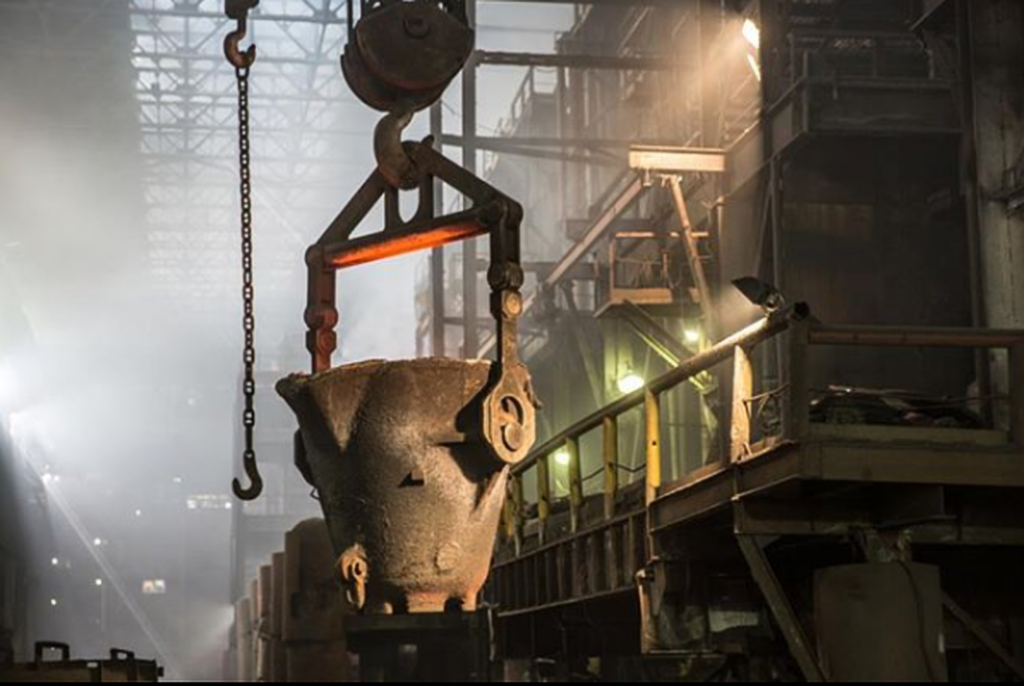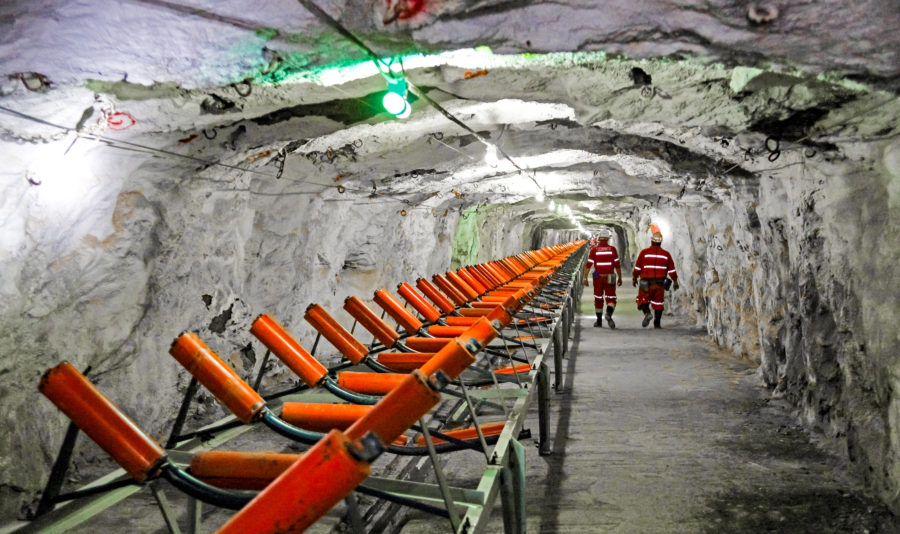Global nickel smelting up in March despite Ukraine, satellite data shows

Global nickel smelting activity climbed in March, including in major producer Russia despite the Ukraine conflict, data from satellite surveillance of nickel plants showed.
Production in Russia has continued unhindered, according to a statement on Tuesday from commodities broker Marex and SAVANT, a satellite analytics service it launched with Earth-i in 2019.
Russia supplies about 10% of the world’s nickel.
SAVANT has picked up disruptions at Ukraine’s only ferro-nickel producer, Pobuzhskiy, but not at Nornickel’s Nadezhda metallurgical plant in Russia, the statement said.
Earth-i, which specialises in geospatial data, tracks smelters representing up to 90% of global production of nickel and copper. It sells data to fund managers, traders and miners and publishes a free monthly index of global copper smelter activity.
The global dispersion index for nickel rose to 47.3 in March from 41.6 in February.
Under the dispersion index, 50 points indicate smelters are operating at the average level of the past 12 months. It also has a second index showing the percentage of active smelters.
The Chinese nickel pig iron (NPI) index rebounded to 55.4 in March from 37.8 in February as plants resumed production following the Winter Olympics.
NPI is a lower nickel content substitute for refined nickel.
In copper, smelting activity edged higher in March, despite problems at a Chinese smelter that halted output, the statement said.
Chinese smelters raised their floor for second quarter treatment and refining charges amid a glut in supply after major private copper smelter Yanggu Xiangguang stopped production recently.
“The Xiangguang outage that has loosened the concentrate market is now set to be compounded by a relatively large number of maintenance stoppages,” said Guy Wolf, Marex global head of analytics.
The global copper dispersion index rose to 47.9 in March from 46.3 in February, but the China Inactive Capacity Index jumped to 8.7 in March from 1.6 in February.
(By Eric Onstad; Editing by Mark Potter)
More News
{{ commodity.name }}
{{ post.title }}
{{ post.date }}

Comments